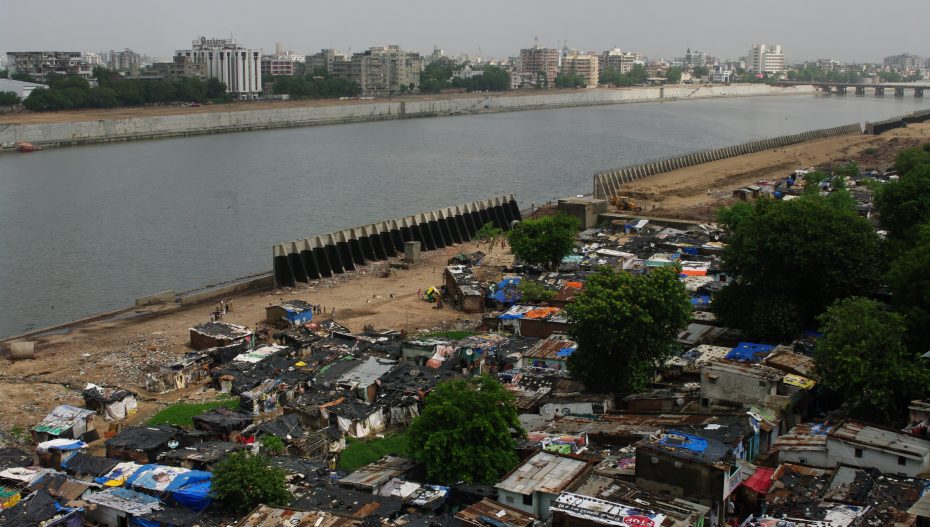Over 97,000 combined cases of typhoid, viral hepatitis, and diarrhea have been recorded in a disease mapping project for Ahmedabad, with a higher rate in the slums, a first in the history of one of Gujarat’s biggest cities.
The map reveals that slums are the most vulnerable areas, apart from areas with a large number of populations under six AMC wards.
The project, undertaken by researchers from the University of Maryland School of Public Health, Chung Yuan Christian University, and the Indian Institute of Public Health, Gandhinagar used data from over seven years. Staff from the AMC’s health department also participated in the disease mapping project, along with a team of community health professionals.
The study found that Jamalpur, Khadia, and Shahpur were among the six municipal wards with higher disease incidence, along with a few southern wards. The east and southern zones, with its crowded mills and factories, had led to more informal settlements of the slums, resulting in a higher disease incidence rate.
The project also revealed that other reasons for a higher disease incidence rate in such areas included “poor civic amenities and aging infrastructure like old water pipes, drainage systems, buildings, which led to the higher transmission of water-borne diseases”.
“Compared to the east, the incidence rate in the western wards was less than half, because of higher literacy rates. Also, many did not visit urban health centres to report water-borne infections,” said a health department official.
Read Also: 20 Years Of Displaced Life, Invisible Humans Of Gujarat












